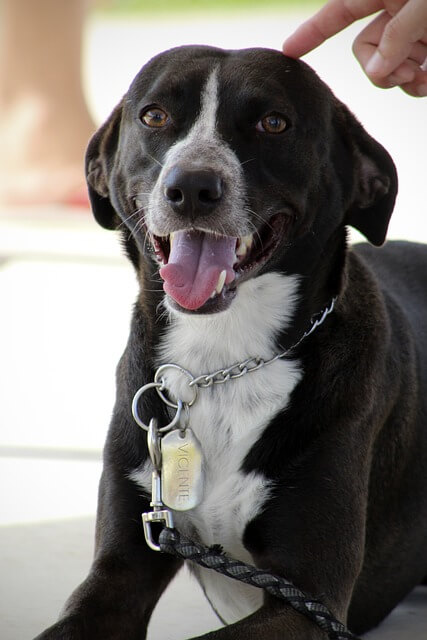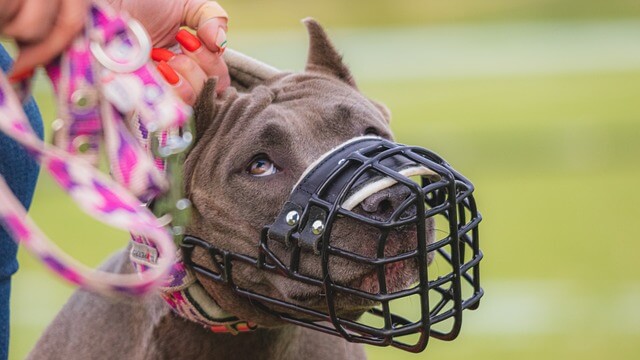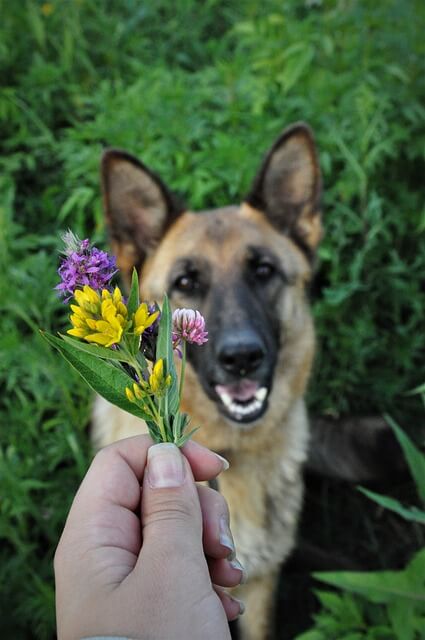
Is your furry friend not responding to your training attempts as you would like? Don’t worry, you’re not alone. Many dog owners unknowingly make common training mistakes that hinder their pet’s progress. In this article, we will explore five of these mistakes to help you avoid them and have a well-behaved pooch in no time.
First on the list is inconsistent training. Dogs thrive on consistency, so it’s essential to establish clear expectations and stick to them. Next, we have a lack of positive reinforcement. Reward-based training is highly effective, so be generous with praise, treats, and affection when your dog gets it right. On the flip side, avoid using punishment or yelling, as it can lead to fear-based behavior.
Another common mistake is neglecting socialization. Dogs need exposure to different people, animals, and environments to develop good manners and confidence. Additionally, training sessions that are too long or too short can be counterproductive. Keep sessions short and focused, and ensure training is a part of your daily routine.
By avoiding these common mistakes, you can set your furry friend up for success and have a well-behaved and happy pooch by your side. So, let’s dive in and learn how to train our dogs effectively, making the experience enjoyable for both of you.
The Importance of Proper Dog Training

Proper dog training is essential for creating a well-behaved and happy pooch. Training provides mental stimulation, strengthens the bond between you and your dog, and helps prevent unwanted behaviors. However, it’s important to approach training with the right techniques and avoid common mistakes that can hinder your dog’s progress. By understanding and avoiding these mistakes, you can set your furry friend up for success.
Mistake #1: Inconsistency in Training
One of the most common mistakes dog owners make is being inconsistent with their training. Dogs thrive on consistency, so it’s essential to establish clear expectations and stick to them. This means using the same commands, gestures, and rewards consistently. For example, if you’re teaching your dog to sit, use the same verbal command, hand gesture, and reward every time. Inconsistency can confuse your dog and make it harder for them to understand what is expected of them.
To avoid this mistake, create a training plan and stick to it. Set aside specific times for training sessions and be consistent with your commands and rewards. Consistency will help your dog understand what is expected of them and will make the training process much smoother.
Inconsistent Training
Consistency is key when it comes to training your dog. Dogs thrive on routine and clear expectations. One of the most common mistakes dog owners make is being inconsistent with their training methods. For example, if you teach your dog to sit and stay one day but allow them to jump up on you the next, it sends mixed signals. Your dog won’t understand what behavior is expected of them, making it difficult for them to learn.
To avoid this mistake, establish a set of training commands and expectations and stick to them consistently. Use the same verbal cues and hand signals each time you ask your dog to perform a command. Reinforce the desired behavior with rewards, such as treats or praise, every time your dog follows through. Consistency is key to helping your dog understand what is expected of them and will lead to faster and more effective training.
Mistake #2: Using Punishment Instead of Positive Reinforcement

Another common mistake is relying on punishment or yelling to correct unwanted behaviors. While it may provide short-term results, punishment can have negative long-term effects on your dog’s behavior. It can lead to fear-based behavior, anxiety, and even aggression.
Instead, focus on positive reinforcement. Reward-based training is highly effective and encourages your dog to repeat behaviors that are desirable. When your dog does something correctly, be generous with praise, treats, and affection. Positive reinforcement helps create a positive association with training and makes it more enjoyable for your dog.
Mistake #3: Neglecting Socialization
Socialization is a crucial aspect of training that many dog owners overlook. Dogs need exposure to different people, animals, and environments to develop good manners and confidence. Without proper socialization, your dog may become fearful or aggressive in unfamiliar situations.
Make an effort to expose your dog to different environments, people, and animals from an early age. Take them for walks in different neighborhoods, introduce them to friendly dogs, and allow them to interact with new people. Gradually increase the level of exposure to help your dog become comfortable in various situations. This will help them develop good social skills and be well-behaved in different environments.
Mistake #4: Training for Too Long or Too Short Periods
The duration of training sessions is another common mistake dog owners make. Training sessions that are too long can be overwhelming for your dog and may lead to frustration or loss of interest. On the other hand, training sessions that are too short may not provide enough time for your dog to grasp the concepts and behaviors you are trying to teach.
Keep your training sessions short and focused. Aim for 10-15 minutes of training at a time, multiple times throughout the day. Short sessions will help keep your dog engaged and prevent them from getting bored or overwhelmed. Remember to end each session on a positive note, even if you haven’t achieved all your goals for that session.
Mistake #5: Failing to Be Patient and Consistent

Patience and consistency are key when it comes to dog training. Dogs learn at their own pace, and it’s important to be patient with them. Avoid getting frustrated or giving up if your dog doesn’t pick up a command or behavior right away. Instead, break down the training into smaller steps and gradually build up to the desired behavior.
Consistency is equally important. Stick to your training plan and be consistent with your commands, rewards, and expectations. Dogs thrive on routine and consistency, so it’s important to provide them with a clear and predictable training environment.
Tips for Successful Dog Training
Now that we have explored the common training mistakes to avoid, let’s discuss some tips for successful dog training:
1. Start training early: Begin training your dog as soon as you bring them home. Early training sets the foundation for good behavior and makes it easier to build upon as they grow.
2. Use positive reinforcement: Reward your dog for good behavior with treats, praise, and affection. This will motivate them to repeat the desired behavior.
3. Be patient and consistent: Dogs learn at their own pace, so be patient with them. Consistency is key, so stick to your training plan and be consistent with your commands and rewards.
4. Make training fun: Incorporate play and toys into your training sessions to make them more enjoyable for your dog. This will keep them engaged and eager to participate.
5. Seek professional help if needed: If you’re struggling with training or facing specific challenges, consider seeking help from a professional dog trainer. They can provide guidance and expertise tailored to your dog’s needs.
The Benefits of Professional Dog Training

While it’s possible to train your dog on your own, professional dog training can offer numerous benefits. A professional trainer has the knowledge, experience, and resources to address specific training needs and challenges. They can provide personalized training plans, guidance, and support throughout the training process. Professional training can help you overcome obstacles, improve your dog’s behavior, and create a strong bond between you and your furry friend.
Conclusion
By avoiding the common dog training mistakes outlined in this article and following the tips for successful training, you can set your furry friend up for success. Consistency, positive reinforcement, socialization, and patience are key to achieving a well-behaved and happy pooch. Remember that training is an ongoing process, and it requires dedication and effort from both you and your dog. Embrace the journey of training and enjoy the rewards of having a well-behaved and obedient companion by your side. Happy training!
